With most of the earth’s energy resources fading away, it has become increasingly important to harness alternate forms of energy. However, in our quest to find the most efficient renewable energy source, we generally end up with only hydropower, solar energy and wind energy. Nevertheless, there are other renewable sources of energy too. Furthermore, amongst these, tidal energy could prove to be the dark horse. The World’s First Multi Turbine Project in Scotland is indicating in the same direction. It shows that tidal energy generation is just in the first phase. It has great potential. If we are able to exploit it fully, then this along with other alternative energy sources would help to prevent a power shutdown of sorts in the near future.
What is Tidal Energy? How is it generated?
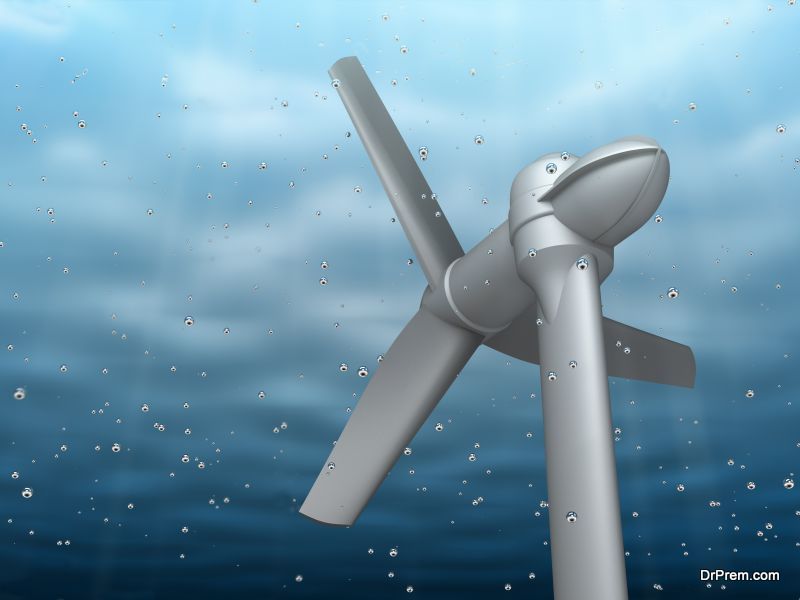 Tidal energy generation follows the basic principle of generating energy from the tidal waves that occur during high and low tides. Tidal waves owe their existence to the moon and its gravitational power. Thereidal waves tend to rise (called ‘high tide’) or fall back (called ‘low tide’) twice every day. Furthermore, the rising and receding actions of these waves create a huge movement of water. This can be used to turn turbines and create large amounts of energy.
Tidal energy generation follows the basic principle of generating energy from the tidal waves that occur during high and low tides. Tidal waves owe their existence to the moon and its gravitational power. Thereidal waves tend to rise (called ‘high tide’) or fall back (called ‘low tide’) twice every day. Furthermore, the rising and receding actions of these waves create a huge movement of water. This can be used to turn turbines and create large amounts of energy.
Tidal energy is usually generated at tidal dams and parks built near coastal areas. During high tide, water would flow in large quantities into the dam while during low tide, water would flow out of the dam in large quantities. The movement of a huge quantity of water in either direction causes inbuilt turbines in the dam to rotate and create energy.
Pros of Tidal Energy
Like any other form of energy, harnessing tidal energy has its own share of pros and cons, some of which are explained below.
For starters, the main source of tidal energy aka tidal waves is inexhaustible (over 70 percent of the earth’s surface is filled with water bodies) and very eco-friendly (no greenhouse gas emissions). Tidal energy can also be predictably harnessed. This depending on the rise and fall of tidal waves which usually follow a cyclic pattern.
Another major highlight of tidal energy is that it can run without fuel and has an energy density and output efficiency of nearly 80 percent. This is far more than the output gained from other energy sources like solar, wind or coal. And in addition to low maintenance costs, a tidal energy plant has a very long lifespan.
Cons of tidal energy
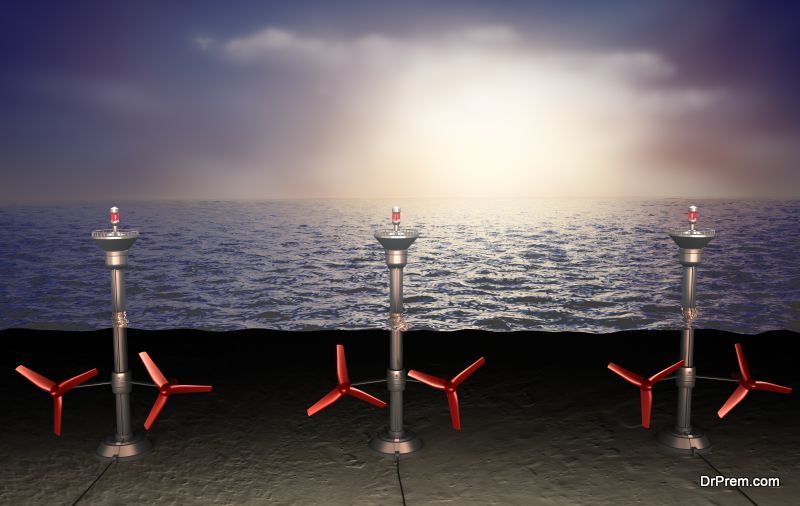 For starters, a tidal plant is extremely costly to set up initially. Tidal plants can be located only on shores along the coastline and not inland. This limits their location to these regions alone. And transmission of the generated energy from the plant to inland areas can be very expensive and time consuming.
For starters, a tidal plant is extremely costly to set up initially. Tidal plants can be located only on shores along the coastline and not inland. This limits their location to these regions alone. And transmission of the generated energy from the plant to inland areas can be very expensive and time consuming.
Another thing about the tidal energy plant is that it would generated energy only during high tide and low tide and remain idle the rest of the day. The total energy generated would also depend on the strength of the tides, and would be miniscule during weak tides.
A tidal energy plant also has risks of being damaged by sea swells or rough waves. The presence of a tidal power plant can also disrupt normal aquatic life in that region and cause fish to migrate to other areas.
Some machines that utilize tidal energy
Working towards resolving the problems of cost, researchers and innovative minds are constantly coming up with alternative solutions. And while most of their creations are still in the pilot stage, there is hope that they will one day be used for commercial production.
1. BioWave sea plants
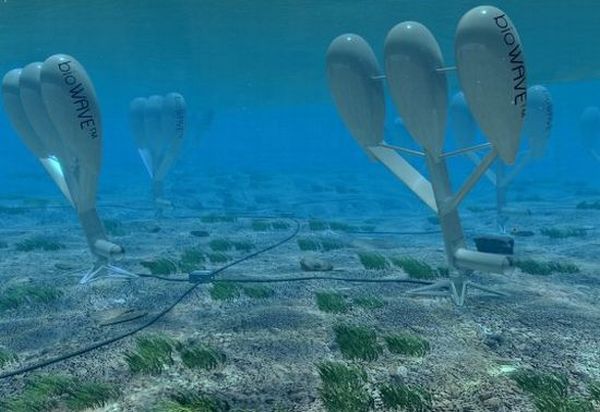
What’s new?
BioPower has come up with a novel idea to generate energy from wave motion. It isn’t a conventional generator. In fact, it is intelligent enough to replicate motions of underwater plants when the sea is still and stay motionless when water activity becomes too intense. Taking a leaf out of nature’s design book, BioPower has created the generator in the form of sea plants, with three pods sitting on a stalk. The project is still in pilot mode and if it proves to be productive, it could be an eco friendly solution to Australia’s energy needs.
What difference will it make?
The BioWave sea plants will negate the need for unsightly generators marring the horizon. Their small size, it is hoped, won’t pose such a threat to marine life either.
2. WSG generates renewable energy
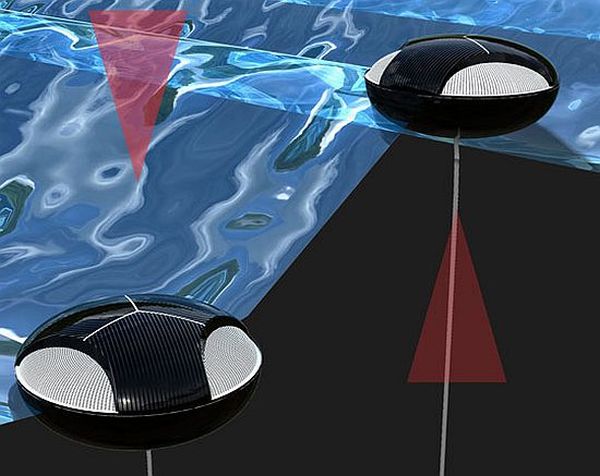
What’s new?
Still, in the conceptual stage, the Wave and Solar Energy Generator seek to harness not just wave energy but solar power as well to meet energy demands. Designed by Korean designers Kim Hyun Jun, Seung Woo Jung, Kim Min Jung, and Jung Seung Woo, the WSG will use the power of the sun and waves during the day and the tides by night. Underwater cables will transport the electricity to land. The devices will also act as beacons to boats and ships during the night by giving off light using small amounts of energy.
What difference will it make?
Instead of solely relying on the waves to generate electricity, the WSG is capable to harness solar energy. This means a higher power output especially during those times when there isnât much wave activity.
3. Minesto sea kites to harness tidal energy
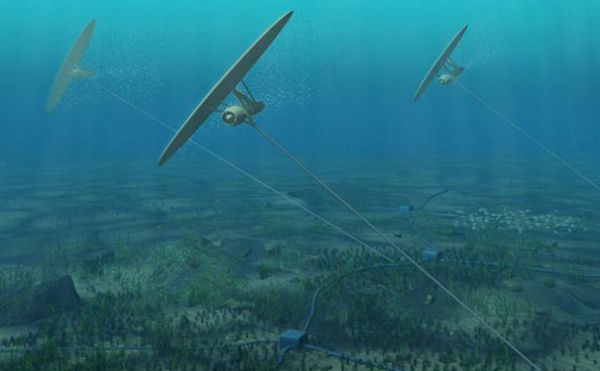
What’s new?
This next concept is the brainchild of Swedish company, Minesto. Making use of the existing technology of kites that are primarily used in the harnessing of wind energy, Minesto has decided to go one step further and use them to trap tidal energy. With a capacity of capturing energy ten times that of existing ocean currents, the kites move in a figure 8 motion, trapping energy as the waves pass through.
What difference will it make?
Minesto’s Deep Green technology could considerably reduce the cost of tidal energy production. Therefore, it could prove to be a boon for areas recording less wave activity.
Final Words
Waves have the potential to power unlimited energy. Making use of wave power machines we can deploy this machines on shorelines or deeper waters. Furthermore, we can generate energy for electricity, pumping water, and water desalination. Clean and renewable, its potential is enormous. It is estimated that proper harnessing can meet about 20 percent of the United Kingdom’s energy demands.
In fact, if countries were to switch to using wave energy, we could reduce carbon emissions by one to two billion tons! Not to mention, employment opportunities would arise, giving our ever-growing population a chance at earning a living.




